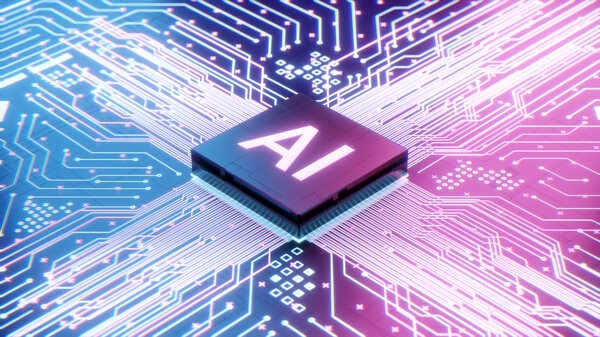In recent years, the world of 3D rendering has undergone a remarkable transformation, driven largely by advancements in artificial intelligence (AI) and machine learning. These technologies are reshaping how 3D rendering services are delivered, enhancing efficiency, realism, and accessibility across various industries, from architecture and real estate to gaming and entertainment.
The Growing Demand for 3D Rendering Services
The global 3D rendering market is booming, with a valuation of approximately $3.74 billion in 2023, projected to reach an impressive $11.30 billion by 2030. This growth is fueled by rapid technological advancements and an increased demand for high-quality visuals. As industries become more reliant on sophisticated visual communication, the need for photorealistic and immersive 3D content continues to expand.
AI and machine learning are pivotal in this evolution, as they streamline production processes and enhance the quality of rendered images. By automating complex tasks, these technologies enable creators to focus on the artistic aspects of their projects, ultimately improving the overall output.
Enhancing Speed and Efficiency
One of the primary challenges in traditional 3D rendering is the time it takes to generate high-quality images. Conventional methods often require extensive manual adjustments and significant computing power. However, AI-powered rendering engines are revolutionizing this process. Machine learning algorithms can predict pixel patterns, simulate light behaviour, and fill in missing details in real-time, drastically reducing rendering times. This capability allows for quicker iterations and more efficient workflows, enabling designers and artists to explore multiple concepts without the lengthy wait periods associated with traditional rendering methods.
Automated Design and Optimization
AI tools are also capable of automatically generating optimized 3D models based on initial parameters. This automation significantly reduces the manual work involved in creating and refining models, making it particularly beneficial for industries like architecture, automotive design, and product manufacturing. Designers can input specific constraints, and AI algorithms will generate the best possible designs, ensuring that the final product aligns with the intended vision while saving time and resources.
Real-Time Adjustments and Interactivity
AI-powered 3D rendering services enhance the interactivity of rendering software. Users can make real-time adjustments to models, textures, and lighting, with AI systems intelligently maintaining quality while optimizing computing power. This capability is invaluable in sectors such as gaming, where real-time rendering and interaction are critical for creating immersive experiences. The ability to modify designs instantly and observe the results can significantly impact the creative process, leading to more innovative outcomes.
Revolutionizing Visual Effects
In the entertainment industry, AI is becoming increasingly important in creating realistic and complex visual effects. AI algorithms can analyze vast amounts of data and learn from real-world physics to generate effects such as smoke, fire, and water in a fraction of the time it would take using traditional methods. This not only enhances the quality of visual storytelling but also allows filmmakers and game developers to push the boundaries of what is possible, creating more engaging and lifelike experiences.
Integration with Virtual and Augmented Reality
The integration of AI with virtual reality (VR) and augmented reality (AR) is another exciting development in 3D rendering. AI plays a crucial role in generating real-time 3D environments that adjust based on user interaction. As demand for realistic and responsive environments in these emerging fields continues to grow, AI-driven rendering technologies will likely see increased innovation.
Cost Efficiency and Accessibility
By reducing the time and computational resources required to render high-quality images, AI makes 3D rendering services more accessible to smaller businesses and independent creators. Cloud-based AI rendering services democratize technology, allowing companies without extensive in-house computing resources to leverage advanced rendering capabilities. This shift enables a broader range of industries to incorporate high-quality 3D visuals into their projects, enhancing visual communication and marketing efforts.
Conclusion
AI and machine learning are undeniably changing the landscape of 3D rendering services. By enhancing speed, efficiency, and accessibility, these technologies are paving the way for more innovative and high-quality visual content across various industries. As the demand for sophisticated visual communication continues to grow, the integration of AI in 3D architectural rendering, like we do in Endesign, will be essential in meeting the challenges of the future. Embracing these advancements will not only enhance the quality of projects but also empower creatives to push the boundaries of their imaginations.

